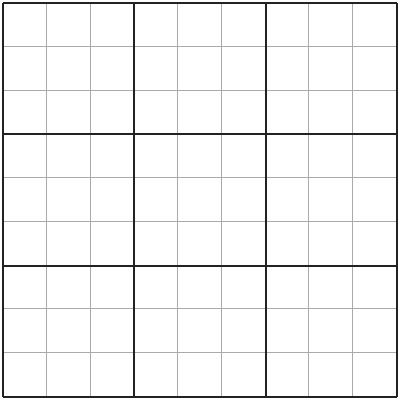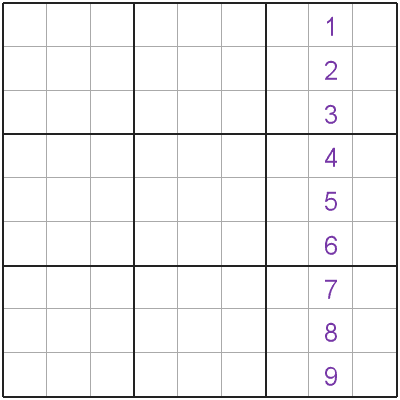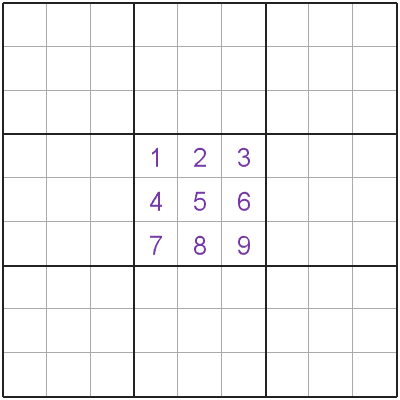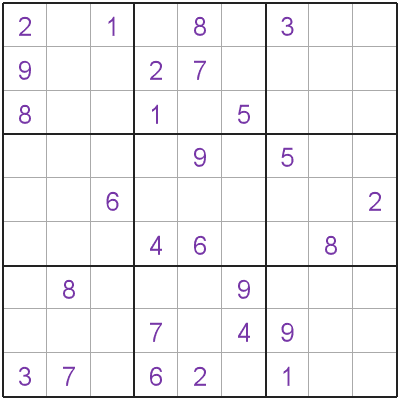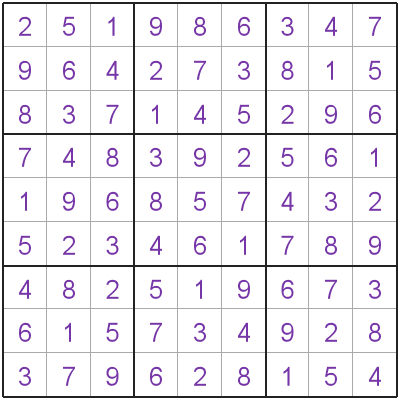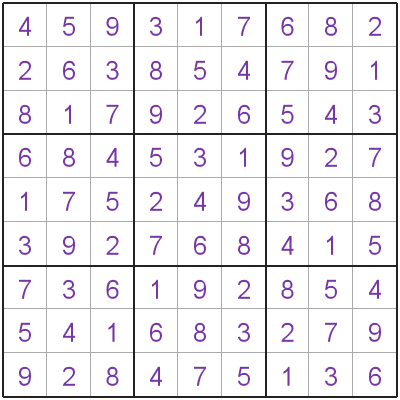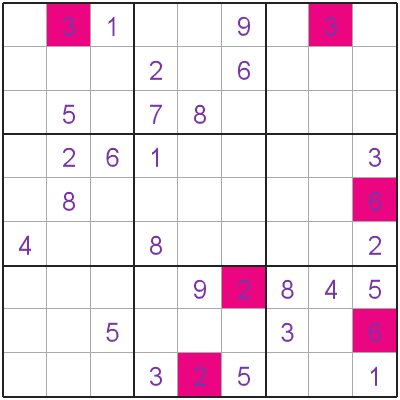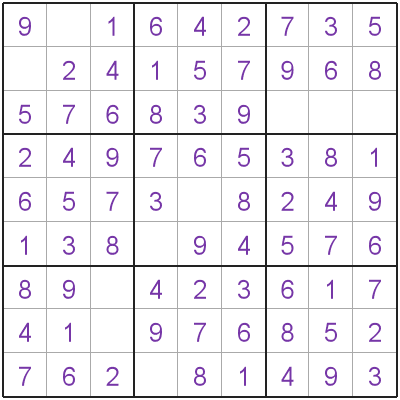That's it, you now know all the rules of Sudoku!
There are 2 techniques you need to know to start solving Sudoku puzzles, Single Position and Single Candidate, you will learn these next!
As a final gift, this Sudoku puzzle is almost complete, can you finish it?
